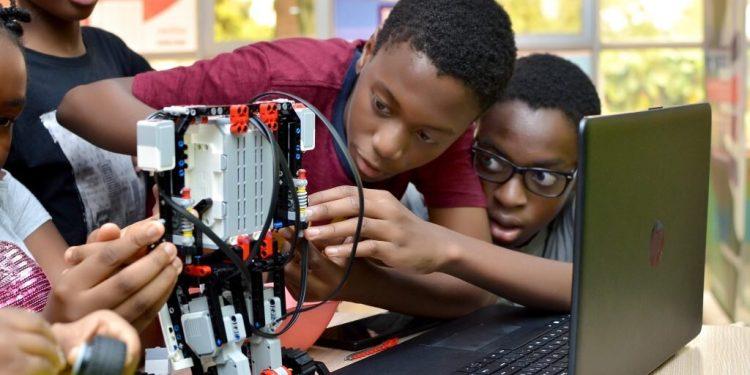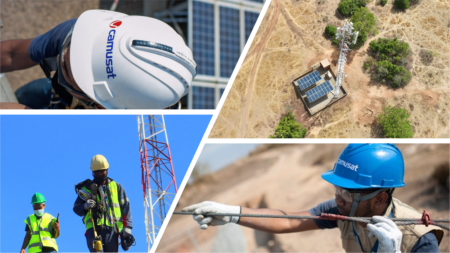- A new report by Global System for Mobile Communications (GSMA) reveals that Africa now accounts for 70 per cent of the global mobile money market value
- The International Monetary Fund (IMF) and the World Bank ranked Ghana as the fastest-growing mobile money market
- Kenya’s impressive fintech market is propelled by M-Pesa, a mobile phone-based money transfer service that was launched in 2007 by Vodafone and Safaricom
Mobile money is one of the most successful stories in Africa despite massive challenges that have rocked the continent since independence.
A new report by Global System for Mobile Communications (GSMA) revealed that Africa now accounts for 70 per cent of the global mobile money market value.
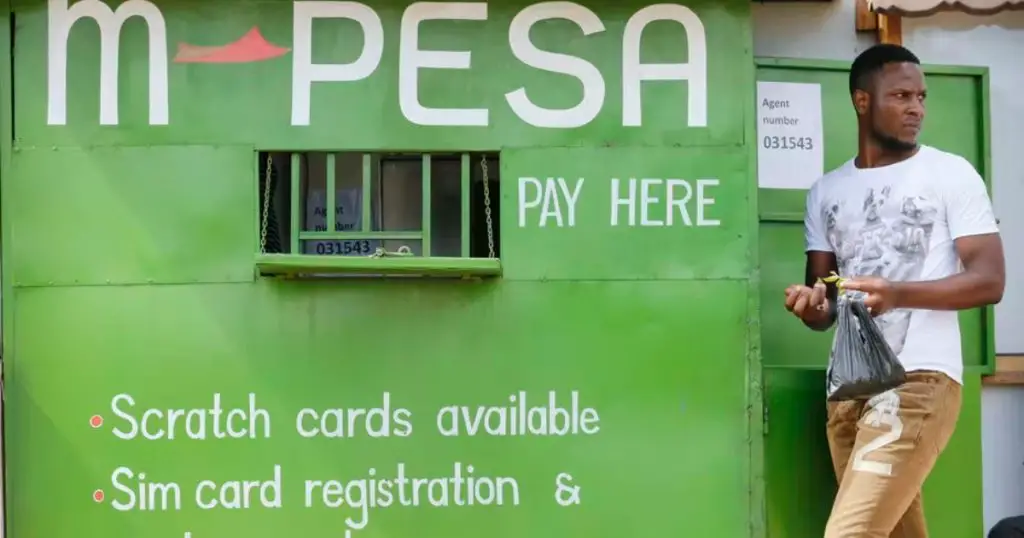
The report noted that the value of Africa’s mobile money transactions increased from US$495 billion in 2020 to US$701.4 billion in 2021. Research by American firm Boston Consulting Group (BCG) affirmed that Kenya and Ghana are ranked second and third in mobile payment usage globally after China, the world’s most populated country.
During the period under review, transactions through mobile wallets and phones were the equivalent of 87 per cent of Gross Domestic Product (GDP) in Kenya and 82 per cent in Ghana.
Ghana’s upsurge in the mobile money market
The International Monetary Fund (IMF) and the World Bank ranked Ghana as the fastest-growing mobile money market. That was not the case in 2009 when mobile money services were launched in the West African country.
At that time, 70 per cent of Ghana’s population had no access to bank services, while approximately 35 per cent of citizens owned mobile phones.
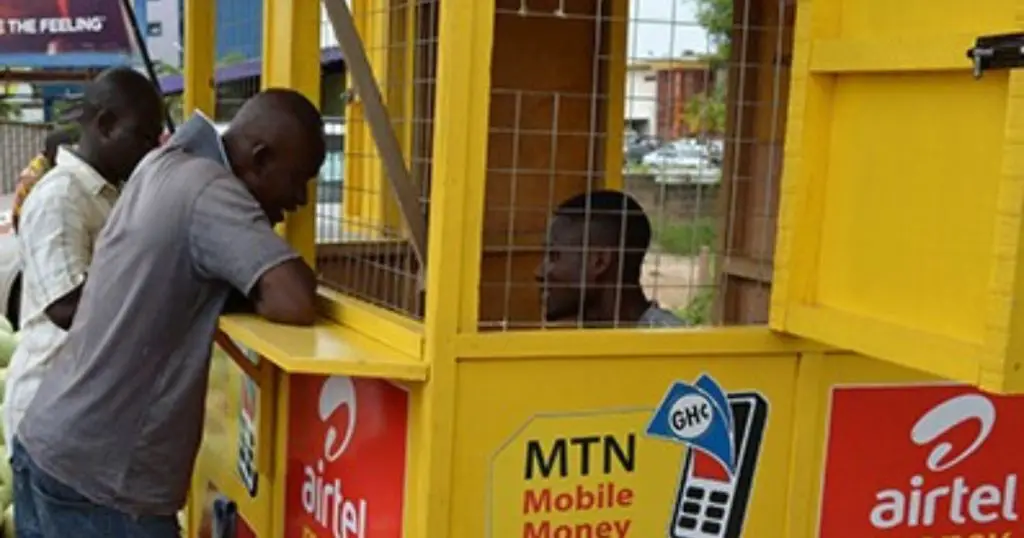
In January 2022, mobile connections in Ghana were equivalent to 140 per cent of its population of 32 million people. It had 44.9 million cellular mobile connections at the start of 2022.
Between 2021 and January 2022, mobile connections in the country increased by 2.6 million (+6.2 per cent). The country has over 17 million internet users (53 per cent). The upsurge in mobile money in Ghana started after the Bank of Ghana eased restrictions that limited digital money issuance.
The regulator released new guidelines allowing operators to own and operate mobile money networks under its supervision.
Kenya’s impressive fintech market
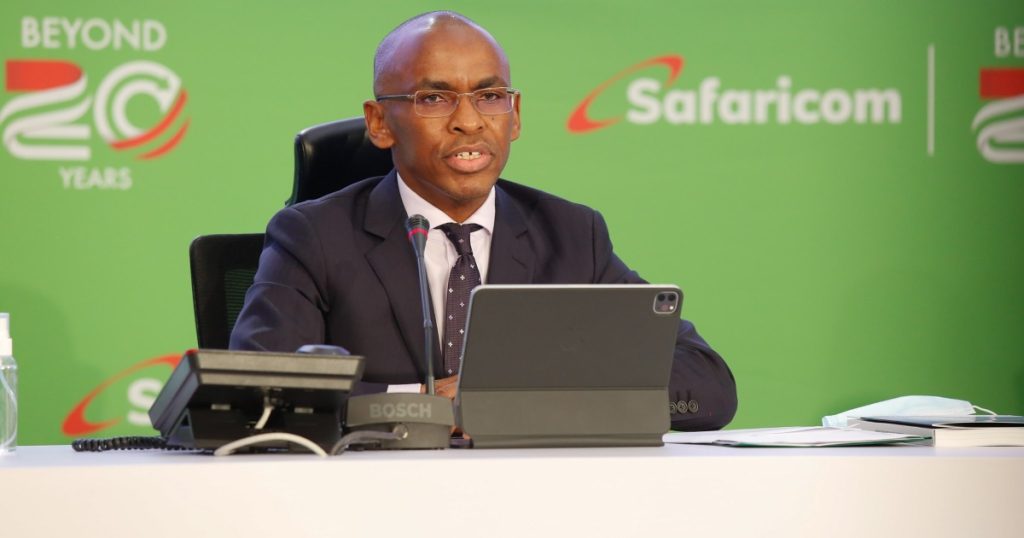
The service and the rise of mobile money in Kenya has seen the country’s financial inclusion jump from 26 per cent recorded in 2009 to over 80 per cent. In the financial year ended March 2022, M-Pesa services registered KSh 50 billion profit.
Safaricom noted that the profit increased due to the shift to cashless transactions during the COVID-19 pandemic period.
“The uptake of mobile money services increased from March 2020, following initiatives to encourage cashless transactions meant to curb the spread of COVID-19. The growth in technology helped businesses to adopt online payments, a move that contributed to increased uptake of the mobile money services,” the giant telco stated.
M-Pesa’s revenues in the year were the highest compared to other services offered by the telco, including voice and data.
Safaricom hopes to rake in more revenues from its virtual visa card that has stormed the foreign exchange market with lower rates threatening established Kenyan banks. The giant telco partnered with Visa Kenya to launch the virtual visa card, which is accessible to over 30 million M-Pesa users.
Kenya’s fintech market has been buoyed by the fact it is one of the African countries with the highest number of mobile phones. As of March 31, 2022, the number of active1 mobile (SIM) subscriptions in Kenya stood at 64.9 million. This was a drop from 65.1 million subscriptions recorded by the end of December 31, 2021.
The subscriptions represent a mobile (SIM) penetration rate of 131.4%.
“The decline in SIM subscriptions is partly attributed to the ongoing SIM registration exercise during which a number of SIM cards have been deactivated,” the report stated.
During the period under review from January to March 2022, mobile penetration dropped by 2.5 per cent attributed to the review of the country’s population figures from 48.7 million to 49.4 million as per the Economic Survey 2022.








